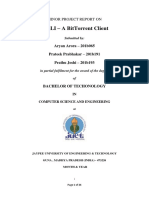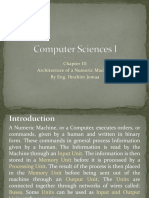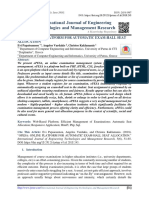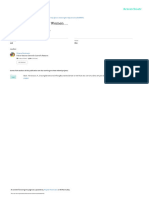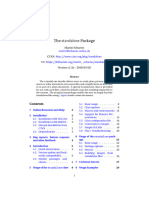0% found this document useful (0 votes)
0 views12 pagesESS _Service Web_Questions and answers
Some Web service questions and answers
Uploaded by
Eugene Mbah TeboCopyright
© © All Rights Reserved
We take content rights seriously. If you suspect this is your content, claim it here.
Available Formats
Download as PDF, TXT or read online on Scribd
0% found this document useful (0 votes)
0 views12 pagesESS _Service Web_Questions and answers
Some Web service questions and answers
Uploaded by
Eugene Mbah TeboCopyright
© © All Rights Reserved
We take content rights seriously. If you suspect this is your content, claim it here.
Available Formats
Download as PDF, TXT or read online on Scribd
/ 12



































